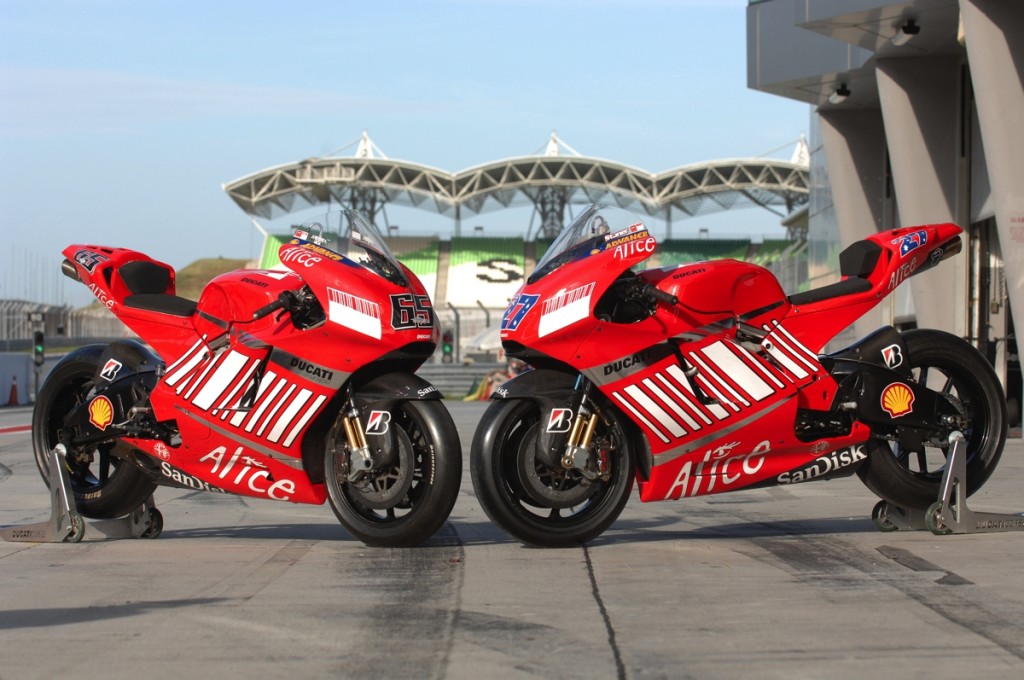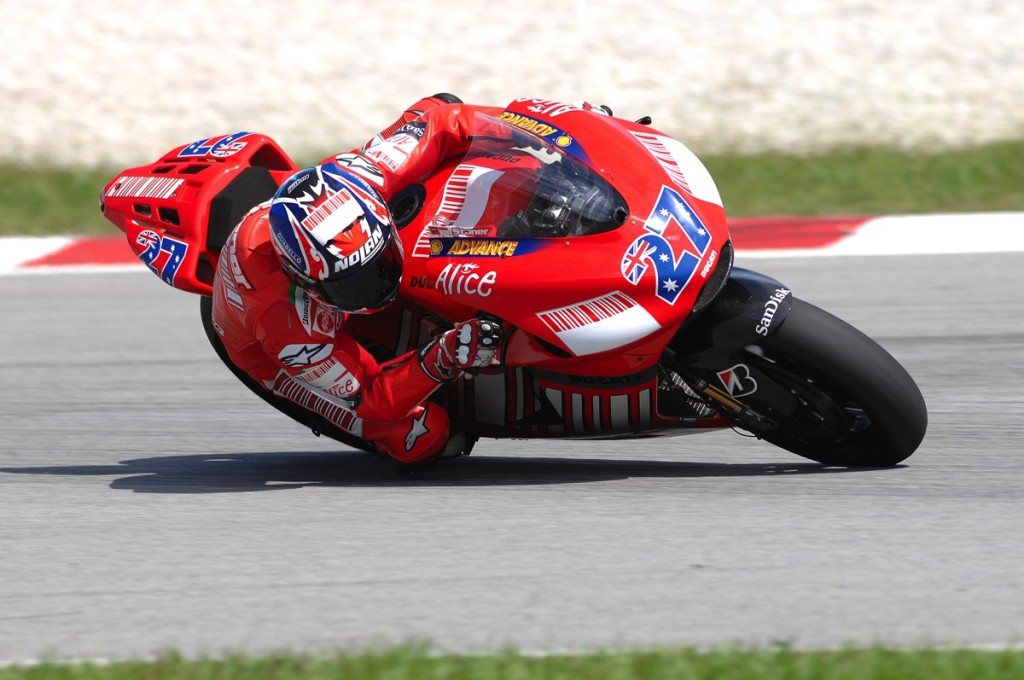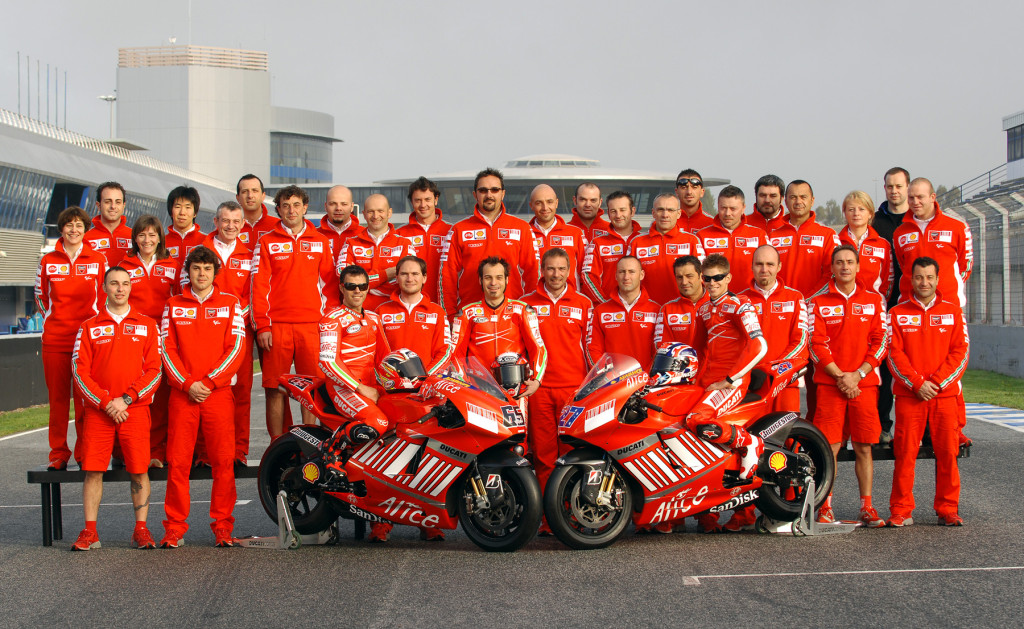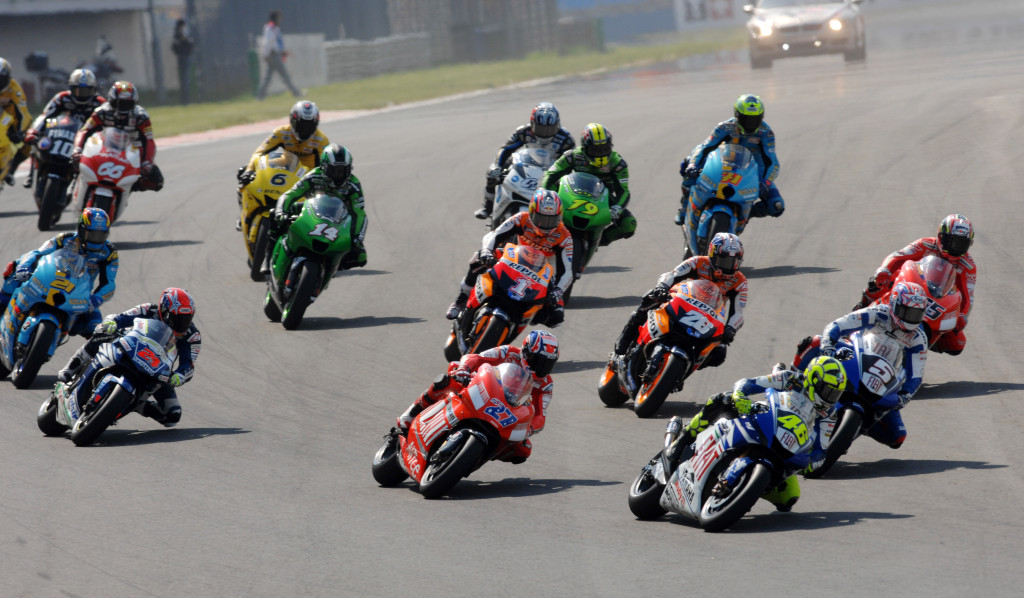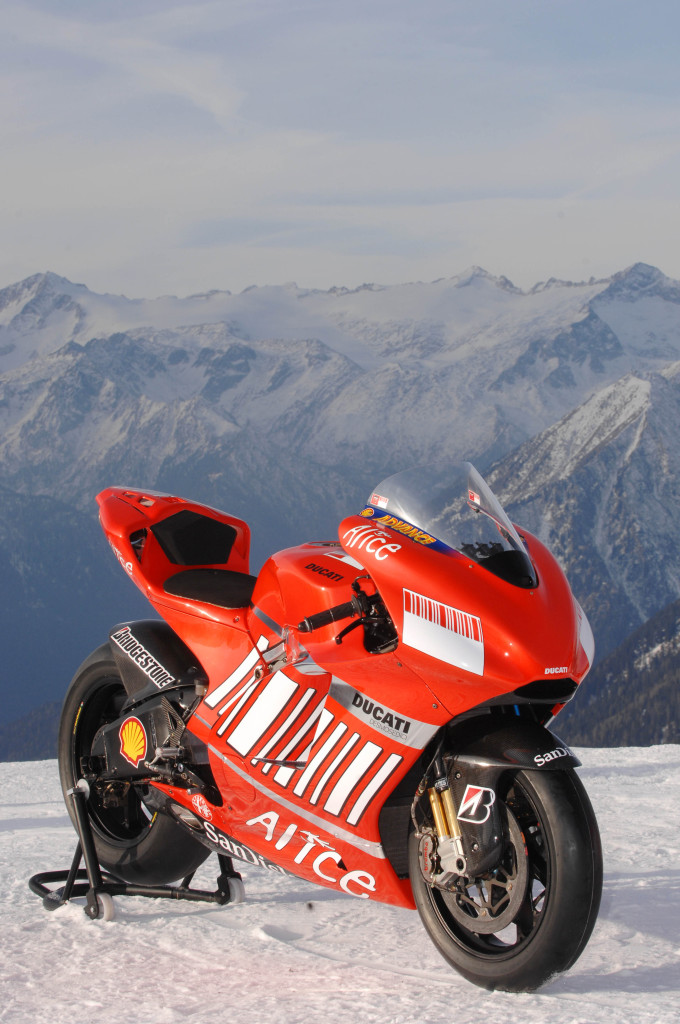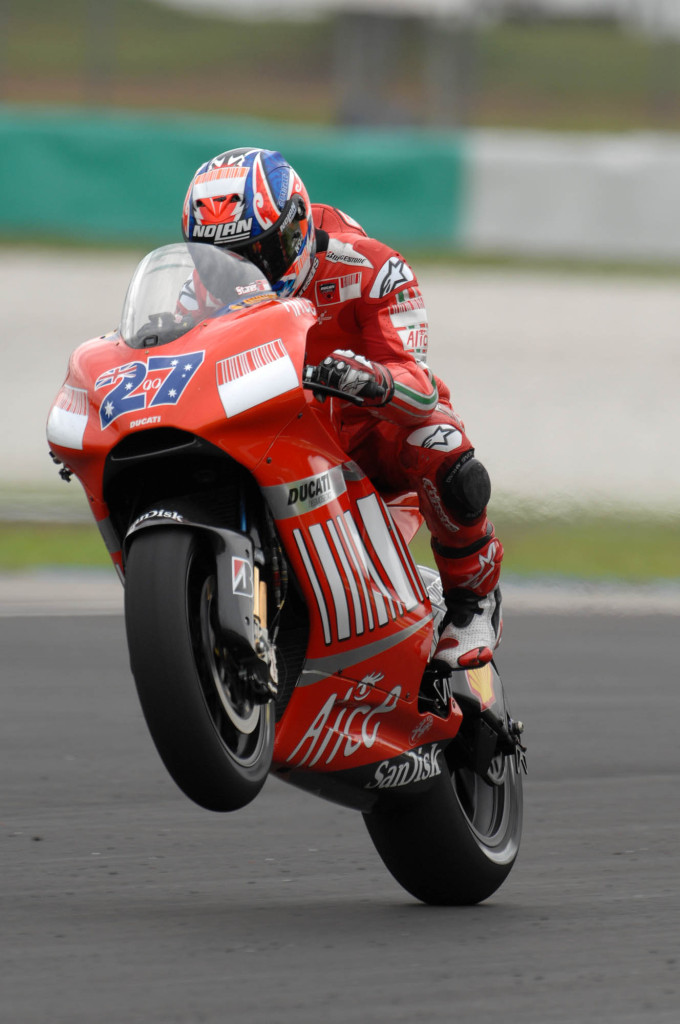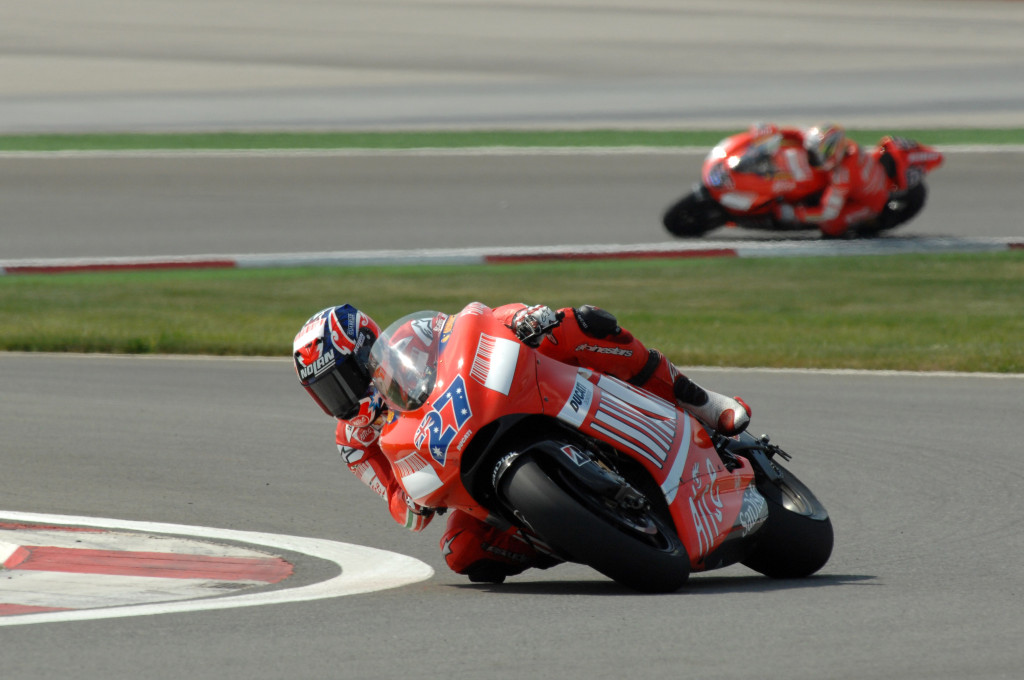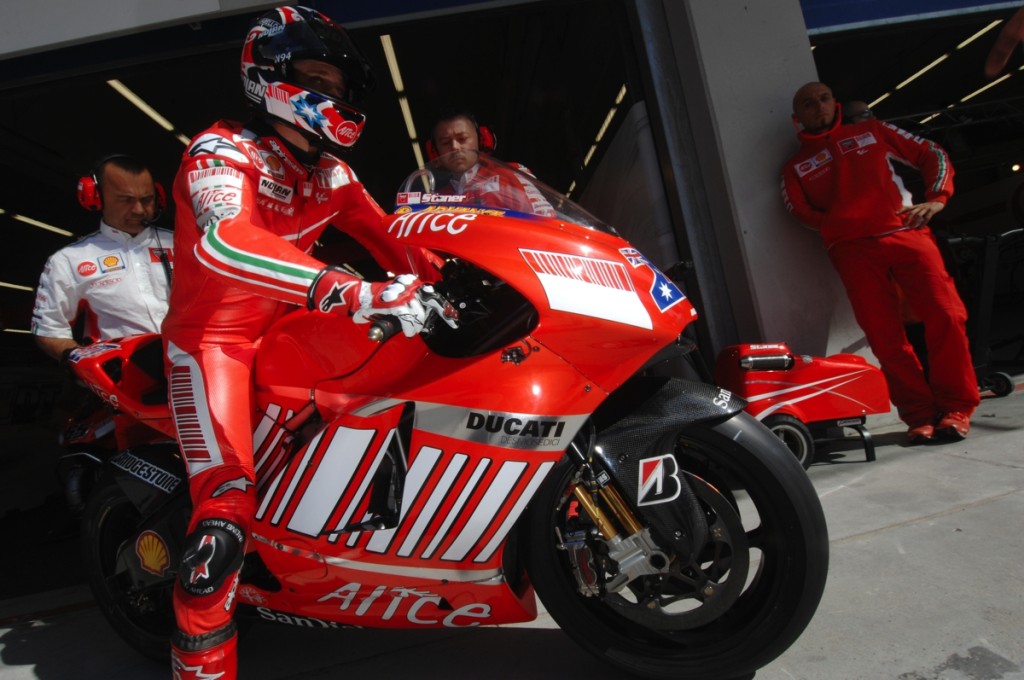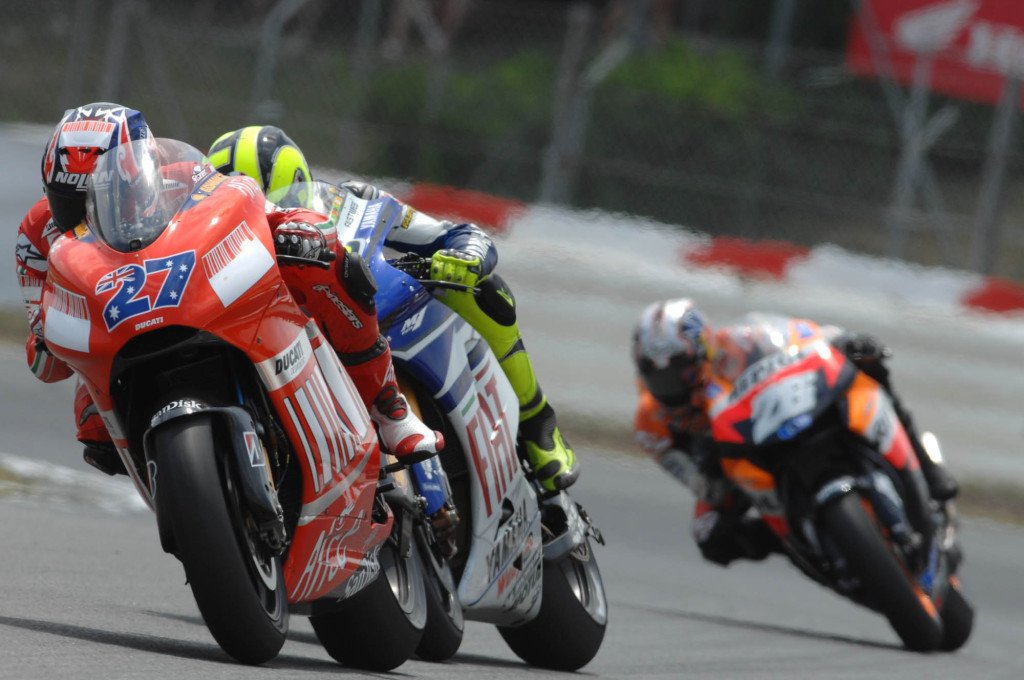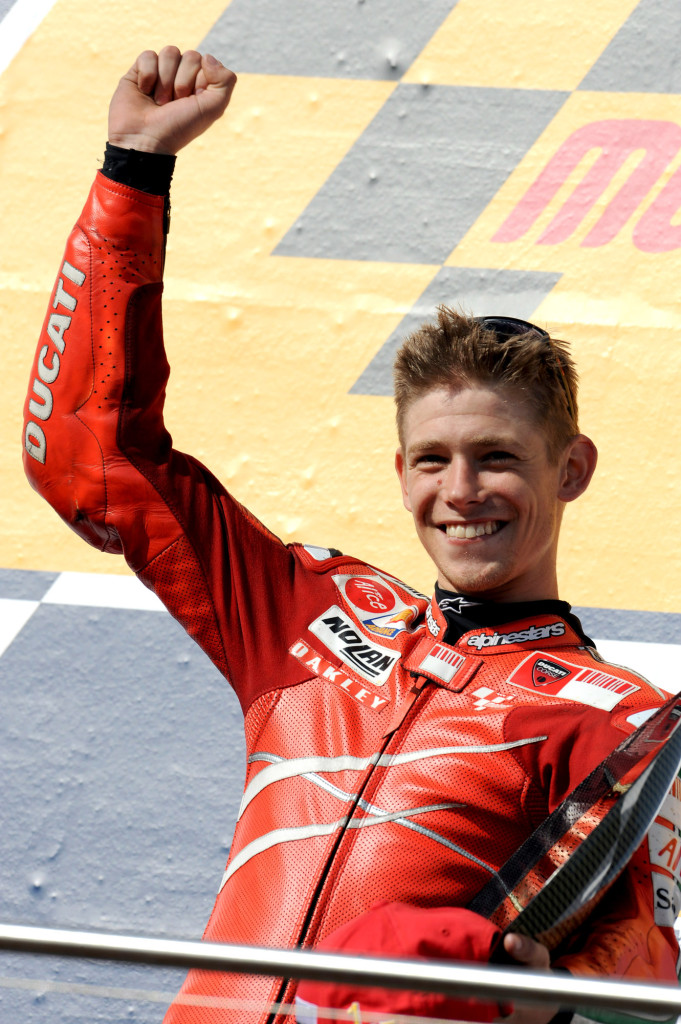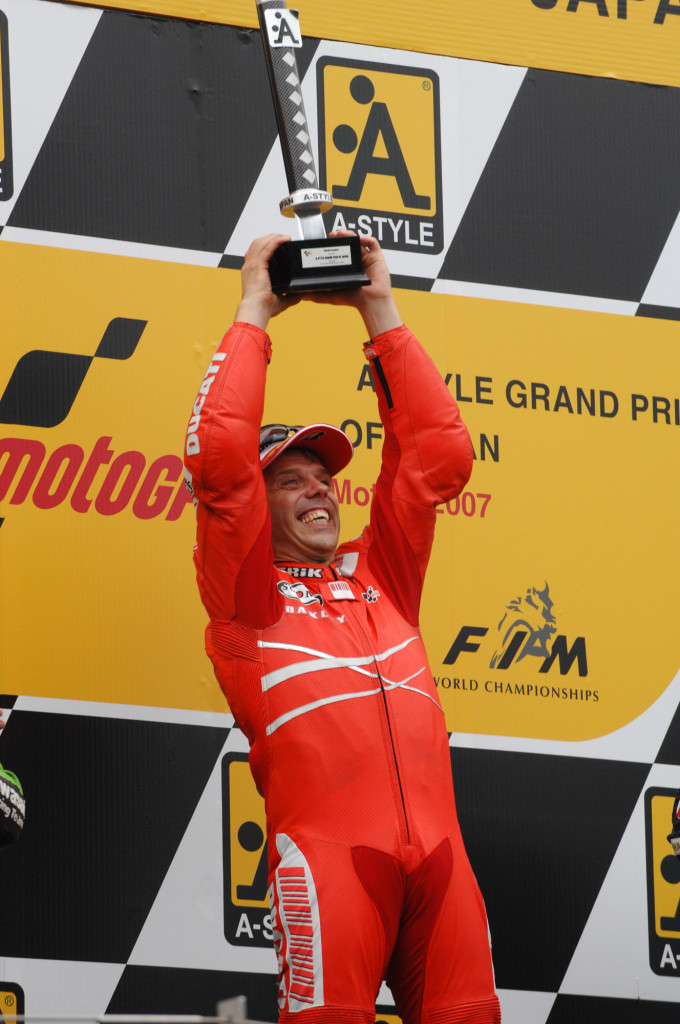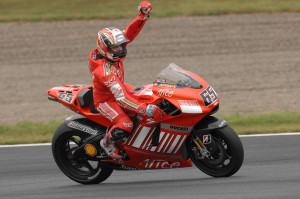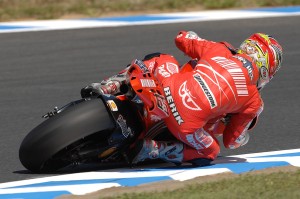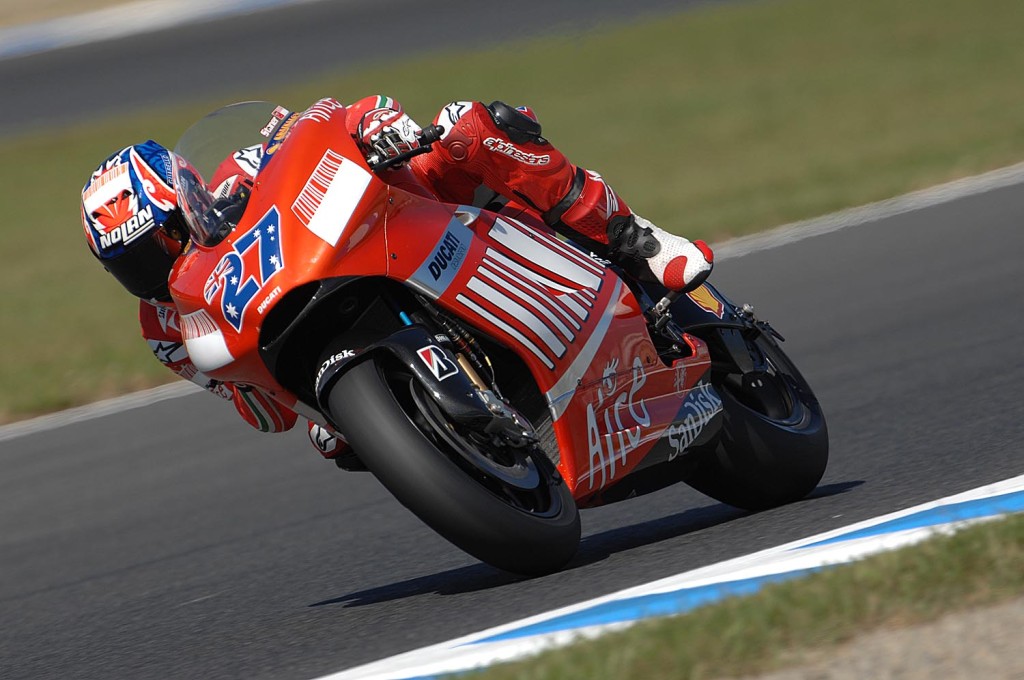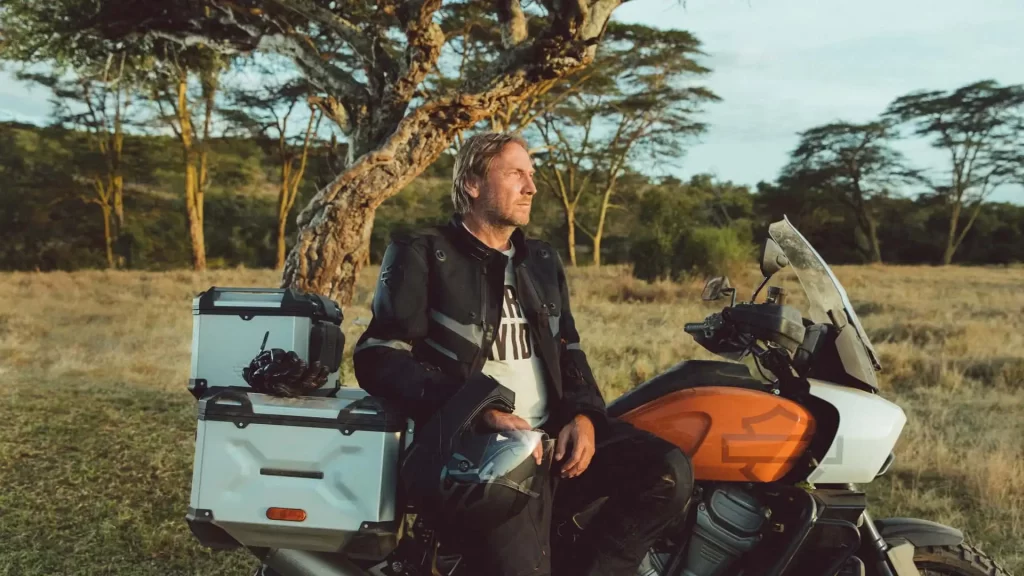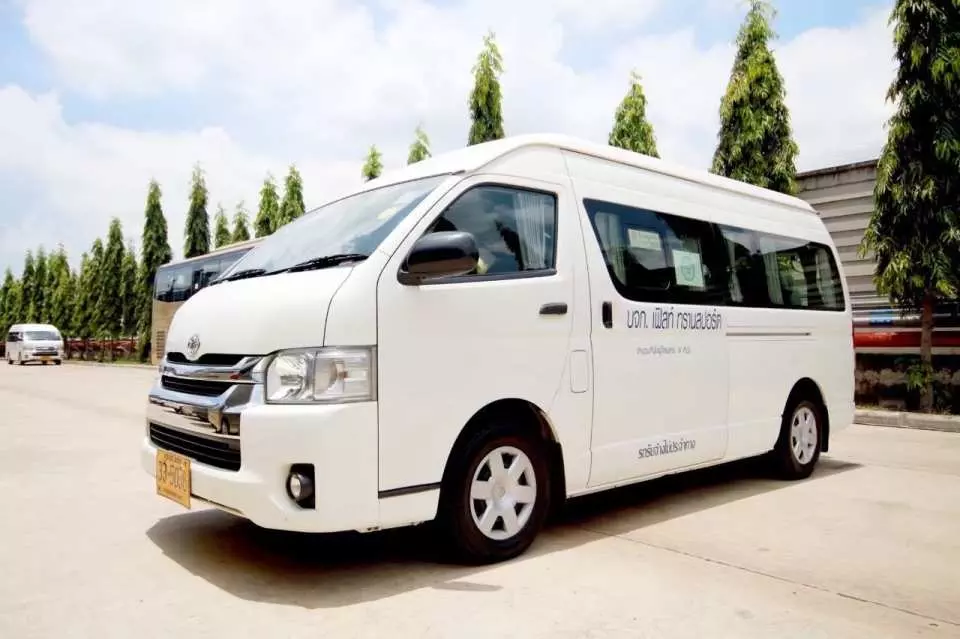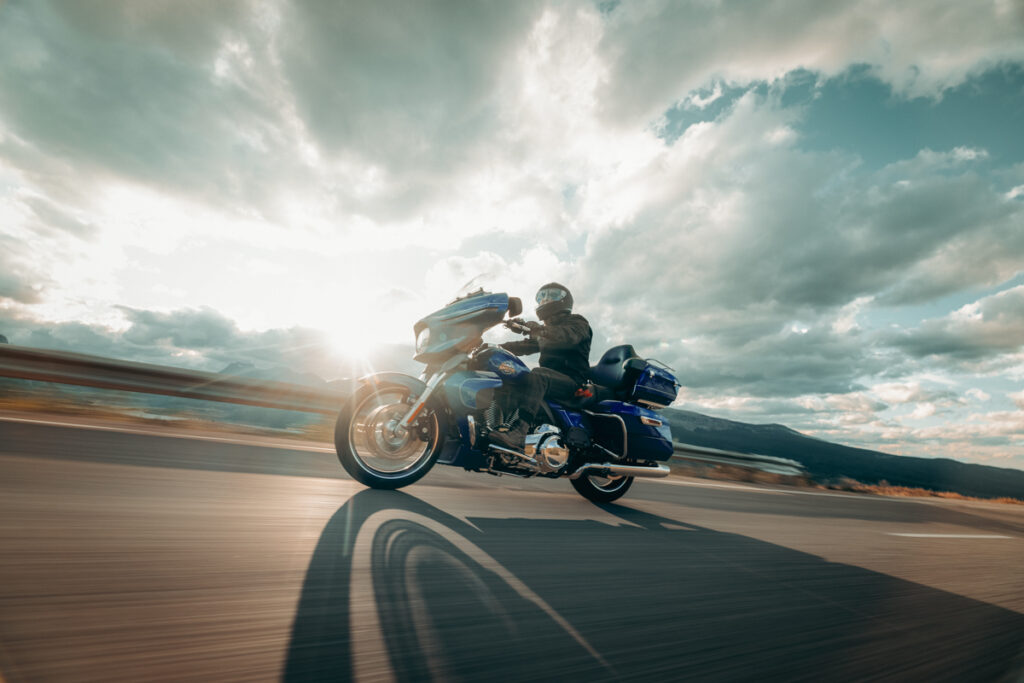Understanding what worked for the highly successful 2007 Ducati Desmosedici GP7 race machine.
In this part of our week-long Ducati special, we take the time to understand how Ducati charted its greatest ever MotoGP success during the 2007 season. Two key factors were in play here, first being a brilliantly developed machine and secondly, having the right riders to tame it.
Upon re-entering Grand Prix Motorcycle Racing in 2003, Ducati showed its competitiveness almost immediately by ending its debut season as runner up in the manufacturers championship.
However, its greatest success only came in 2007 that was fuelled by the Ducati Desmosedici GP7 machine plus the performances of riders Casey Stoner and Loris Capirossi.
Here what transpired in 2007 and how the famed scarlet Italian marque’s racing team turned it into its finest year ever.
2007 – The 800cc ruling
2007 marked the introduction of a new 800cc ruling in the premier MotoGP class. Unlike the 990cc machines raced in the previous season, the smaller capacity meant that engines were lighter, making the bikes themselves even lighter and faster as well.
Though the 800cc engines had less power than the 990cc iterations they replaced, the lighter weight it held meant that a bike could brake later and carry more speeds through corners. The fact was proven when 800cc machines began setting new lap records with significant improvements over its 990cc predecessors during initial tests.
Ducati somewhat saw this coming beforehand and began development of its 2007 machine early in 2006 and reportedly had 20 new 800cc double L-twin engines completely built by August 2016. Unlike its rivals, Ducati and its partner Bridgestone responded to the off-season rule change quickly, which resulted in the winning product that was the Ducati Desmosedici GP7.
Besides the engine, Ducati engineers opted to retain plenty of components and parts from the GP6 predecessor. These include things like the wheels, brakes, suspension, transmission, clutch and rear swingarm. This kept both development time and costs low, allowing Ducati engineers to focus on developing other critical areas of the bike like the electronics chassis geometry.
New machine and a new rider
What worked for Ducati in its 2007 MotoGP campaign was the brilliantly executed early development program of the Desmosedici GP7 machine. Its most crucial aspect was its high output of 225hp from the new 800cc double L-twin engine powering it, which saw it chart speeds above 330km/h.
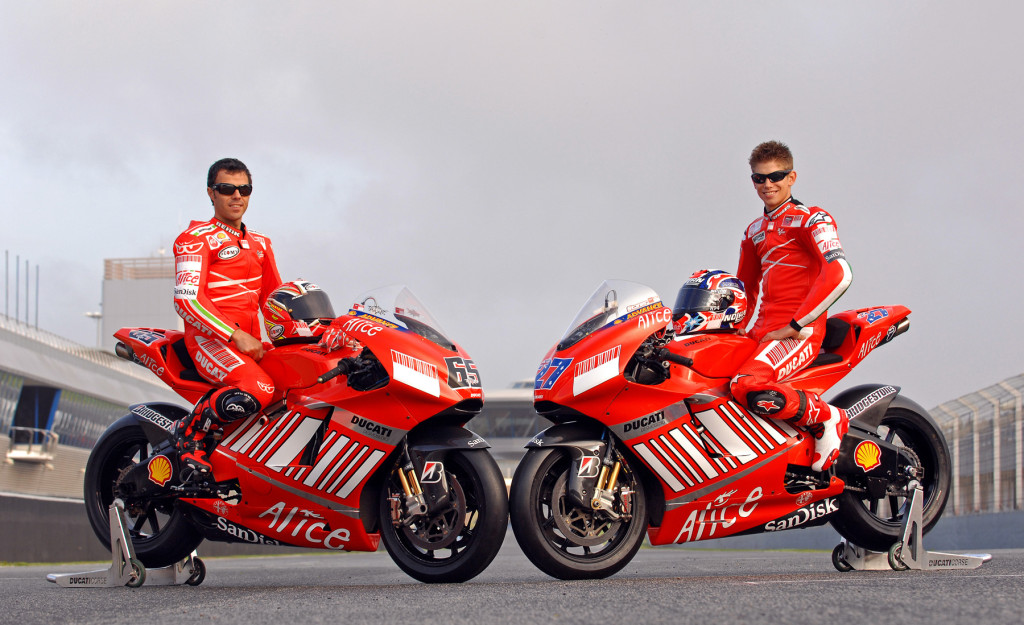
However, the GP7’s high power output and speed package came at a price whereby the bike became tricky to handle in corners, especially in some of the calendar’s more technical circuits. But these worries quickly faded away when Ducati signed Australian rider Casey Stoner to ride alongside Italian veteran Loris Capirossi in 2007.
Despite being in his first season with the factory Italian team, the Australian prodigy quickly got accustomed to things in the garage. More importantly, his riding style was compatible with the new GP7 machine as opposed to Capirossi who had difficulties adjusting to it.
As the season kicked off and progressed steadily, it became very clear that Ducati had an unbeatable combination – the Desmosedici GP7, Bridgestone tyres and winning rider Casey Stoner.
Stoner’s successes
Having honed his skills as a dirt flat-track racer early on in his career, Stoner was no stranger to riding wild and difficult handling machines. Stoner was able to tame the GP7 through corners and maximised its high-output nature that favoured speed above all else.
Throughout 2007, Stoner took 10 race wins in total plus four podiums finishes with the Ducati Desmosedici GP7 race machine. And when not on the podium, Stoner also had a consistent string of point-scoring finishes that kept his – and the team’s – point scores up.
Stoner’s worst finish of the season came during the Japanese Grand Prix where he finished sixth. Nevertheless, that was all he needed to be crowned as the 2007 MotoGP riders champion with just three races left. He later won the Australian and Malaysian GPs that followed before ending the season with a second place finish in Valencia, bringing in a total score of 367 points.
Capirossi’s contribution
Despite struggling in his last season with the Italian factory team, veteran Italian rider Loris Capirossi also played a huge yet secondary role towards Ducati’s successful year. His four retirements aside, Capirossi did chart one race win in Japan plus three podium finishes with the Ducati Desmosedici GP7.
With Capirossi’s and Stoner’s results combined, Ducati scored a total of 394 points, allowing it to claim the title as the 2007 season’s manufacturers champion. Ducati not only beat second place winner Honda by 81 points, it also became the first European manufacturer to win the title in 33 years – the last being MV Agusta in 1974 with British rider Phil Read.
Legacy
Amongst all of Ducati’s MotoGP machines, only the GP7 stands out as it took Ducati’s only first and only riders and manufacturers titles in MotoGP to date, making it one truly special race bike in its racing history.
None of the GP7’s successors have come close to charting the 11 race wins it took in the 2007 season, and it looks like it will take Ducati a while before it returns to its winning ways. Until then, the Desmosedici GP7 will remains as a benchmark for the team’s future successes.

